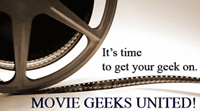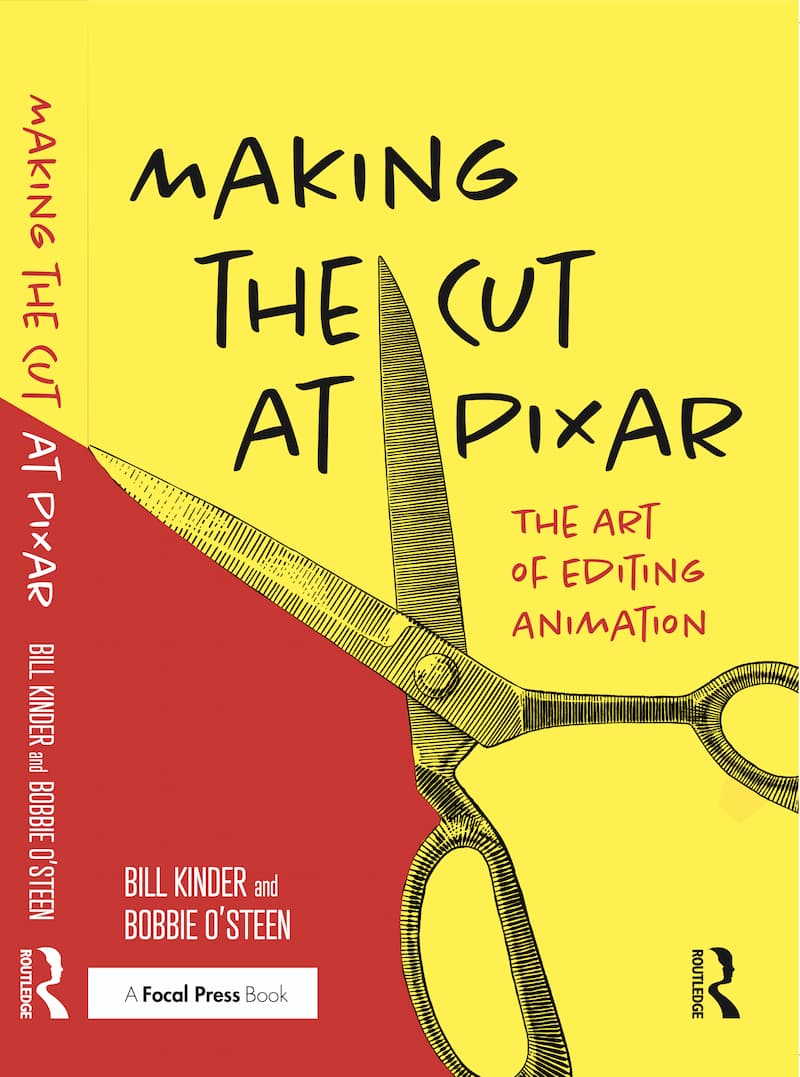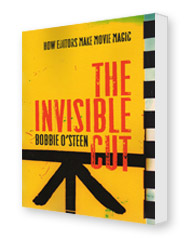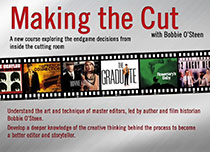O’Steen in conversation with film editor Tim Squyres
Bobbie O’Steen has a discussion with film editor Tim Squyres, on February 23, 2010, 7 p.m., at 92Y Tribeca along with screening of the “Gosford Park†Read the press release.
O’Steen in conversation with film editor Carol Littleton
Bobbie O’Steen had a discussion with film editor Carol Littleton, on Sunday, January 10, 2010, 7 p.m., at the Billy Wilder Theater, Los Angeles, along with screening of the 1981 film noir “Body Heat.†Read the press release.
O’Steen again appears on Movie Geeks United
Since her original podcast Bobbie O’Steen has made two additional appearances on Movie Geeks United! On her second visit, she spoke some more about ‘The Invisible Cut’ and EditFest NY and EditFest LA. That show included Michael Rooker and was podcast on September 27, 2009. Listen to the podcast.
O’Steen is also proud to be a part of a tribute to Roman Polanski’s extraordinary life and career, which was recorded before his arrest and originally broadcast on October 4, 2009. Listen now.
On an upcoming episode of Movie Geeks United! O’Steen will be discussing this year’s Oscar nominees for Best Editing.
O’Steen interviewed on Movie Geeks United podcast

Bobbie O’Steen discusses the art of editing and her new book
‘The Invisible Cut’… Listen to the podcast.
Hidden Magic Revealed
Editors Guild Magazine
March-April 2009
![]() Married to legendary film editor Sam O’Steen for 23 years, Bobbie O’Steen compiled the many discussions and interviews with her husband about editing into a memoir entitled Cut to the Chase that was published in 2002. Reviewed in these pages in the MAY-JUN 06 issue (and still online at the www.editorsguild.com), Cut to the Chase is a primary book on the craft of editing featuring insights from the man who edited films such as Who’s Afraid of Virginia Woolf? (1966), The Graduate (1967), Cool Hand Luke (1967), Rosemary’s Baby (1968) and Chinatown (1974).
Married to legendary film editor Sam O’Steen for 23 years, Bobbie O’Steen compiled the many discussions and interviews with her husband about editing into a memoir entitled Cut to the Chase that was published in 2002. Reviewed in these pages in the MAY-JUN 06 issue (and still online at the www.editorsguild.com), Cut to the Chase is a primary book on the craft of editing featuring insights from the man who edited films such as Who’s Afraid of Virginia Woolf? (1966), The Graduate (1967), Cool Hand Luke (1967), Rosemary’s Baby (1968) and Chinatown (1974).
O’Steen’s new work, The Invisible Cut: How Editors Make Movie Magic (due on shelves in March), will stand as a deft introduction to the “invisible art†of editing and would prove highly useful as a textbook. Her language is direct and the complex craft of editing is clearly explained. Comparing the work of the motion picture editor to that of the stage magician, O’Steen begins with fundamentals and then moves to examples of classic films to illustrate the hidden magic of the editor. Very simply put, the editor decides what is seen on the screen and how long it will be seen. But in this obvious task is great subtlety.




